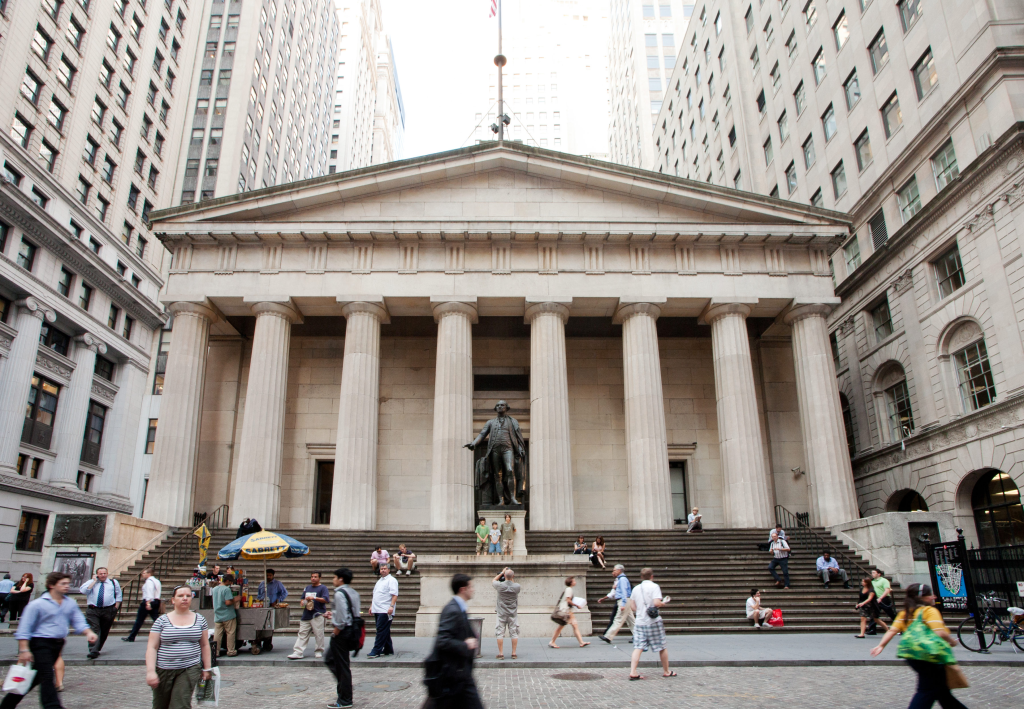Stocks got hit and bond yields surged as hot inflation data spurred bets the Federal Reserve won’t have much room to cut rates this year. Every major group in the S&P 500 fell, with the gauge down almost 1%. Treasuries tumbled across the curve, with benchmark 10-year yields soaring more than 10 basis points. Money markets further adjusted bets on Fed rate cuts, now projecting the first – and only reduction in 2025 – in December. The dollar climbed against all of its developed-market counterparts.
US inflation picked up broadly at the start of the year, with the monthly consumer price index rising in January by the most since August 2023. Speaking with US lawmakers Wednesday, Fed Chair Jerome Powell said the latest data show we’re close, but not there on inflation. He also noted that officials want to keep policy restrictive for now.
“Today’s inflation report will make for very uncomfortable reading for the Fed,” said Seema Shah at Principal Asset Management. “If this persists into the next few months, inflation risks may become too heavily weighted to the upside to permit the Fed to cut rates at all this year.”
Chris Zaccarelli at Northlight Asset Management, although it’s too early to predict that officials will begin raising rates any time soon, the market is going to start seriously considering that the next move the Fed makes – even if it is in late 2025 or early 2026 – is going to be a hike and not a cut.
“The market will likely have a negative knee-jerk reaction to the increasing risks of ‘higher-for-longer’ or even ‘higher-from-here.’ So caution is warranted,” he said.
The S&P 500 fell 0.7%. The Nasdaq 100 lost 0.5%. The Dow Jones Industrial Average slid 1%.
This morning’s higher than expected CPI number (following the higher inflation component of last week’s employment report along with the concerns over tariffs) have taken the yield on the 10-year note back above its trend-line from last September.
If we see any further upside movement as we move through February, it will indeed give us confirmation that long-term yields are going to stay “high for longer” going forward.
This does not mean that they will push above 5% level soon…nor that these yields will not reverse lower at some point later this year. However, it should raise concerns that the Fed will wait quite a bit longer to cut short-term rates than the Street had been thinking until recently…and also raise concerns that Secretary Bessent’s goal of lower long-term yields will take longer to achieve as well.



